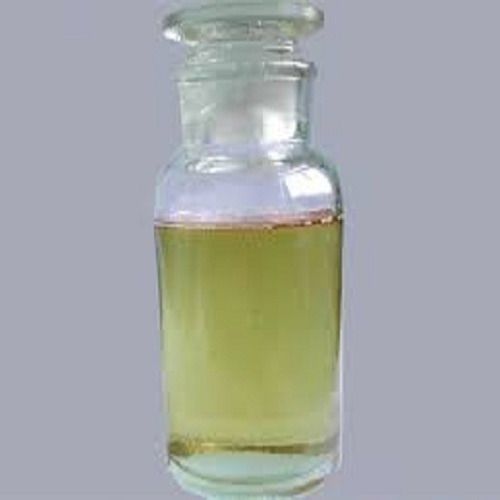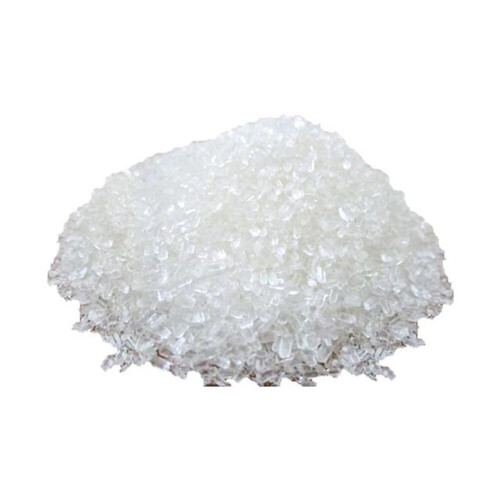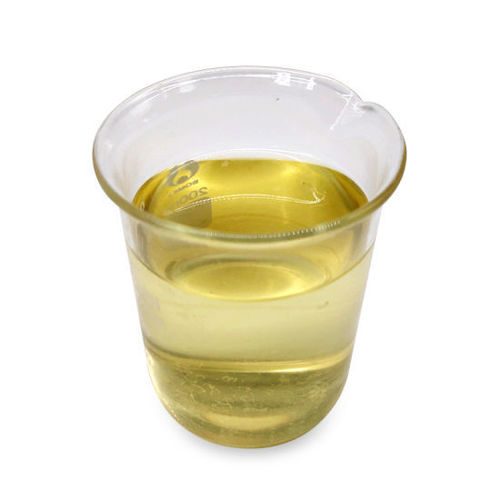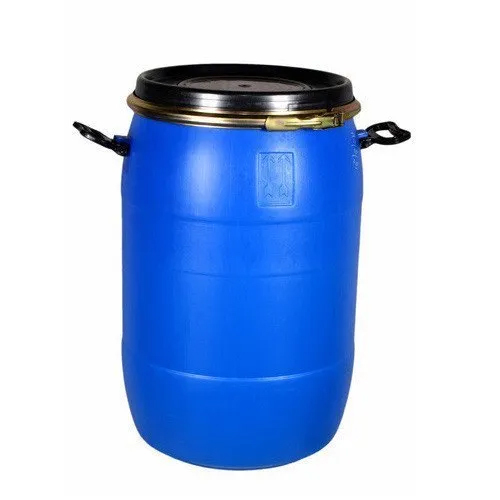Welcome to Our Company
Diethanolamine Liquid
Product Details:
- Application Industrial
- Molecular Formula C4H11NO2
- Density 1.095 Gram per cubic centimeter(g/cm3)
- Physical Form Liquid
- Storage Room Temperature
- Ph Level 10-11
- Melting Point 28.3 degree centigrade
- Click to View more
X
Diethanolamine Liquid Price And Quantity
- 1 Kilograms
Diethanolamine Liquid Product Specifications
- 28.3 degree centigrade
- Water Soluble
- 1.095 Gram per cubic centimeter(g/cm3)
- Liquid
- Room Temperature
- 10-11
- C4H11NO2
- Industrial
Product Description
Available in colorless viscous fluid form, Diethanolamine Liquid is used as an effective agrochemical intermediate. It easily dissolves in benzene in specific percentage. It also dilutes in ether and in carbon tetrachloride in specific amount at particular temperature. This colorless liquid is accessible in more than 99% pure form. Its water content is maximum 1%. As a versatile chemical, it has extensive applications in different industries. It is used as a suitable raw material to formulate light detergent, shampoo (as foam improver), wax and oil emulsifying factor (under acidic condition) and corrosion inhibitor (required for boiler water treatment process).
Uses of Diethanolamine:
1. Surfactants and Detergents: DEA is commonly used in the production of surfactants and detergents. It acts as an emulsifier and helps in stabilizing formulations, making it easier to mix oil and water-based components in various cleaning products.
2. Cosmetics and Personal Care Products: DEA is found in a variety of cosmetic and personal care products such as shampoos, conditioners, body washes, and lotions. It helps to create a creamy texture and acts as a pH adjuster in these formulations.
3. Textile Processing: In the textile industry, DEA is used as an intermediate in the production of textile auxiliaries and softeners. It can improve the dyeing properties and increase the absorbency of fabrics.
4. Gas Treatment: DEA is utilized in gas treatment processes to remove acidic impurities such as carbon dioxide (CO2) and hydrogen sulfide (H2S) from natural gas streams. It reacts with these acidic gases to form stable salts.
5. Corrosion Inhibitors: It is used in some formulations of corrosion inhibitors to protect metals from rust and other forms of corrosion.
6. Metalworking Fluids: DEA is used in metalworking fluids as a corrosion inhibitor, lubricant, and pH stabilizer to protect metal surfaces during machining and cutting operations.
7. Herbicides and Pesticides: DEA is used in the formulation of some herbicides and pesticides to enhance their effectiveness and stability.
8. Pharmaceuticals: In the pharmaceutical industry, DEA is used as an intermediate in the synthesis of certain drugs and as a pH regulator in various formulations.
9. Gas Sweetening: DEA is also employed in the removal of hydrogen sulfide (H2S) and carbon dioxide (CO2) from gases in the gas sweetening process.
Diethanolamine Properties:
1. Physical State: Diethanolamine exists as a liquid at room temperature.
2. Melting Point: The melting point of DEA is around 28.3 degree centigrade.
3. Boiling Point: DEA has a boiling point of approximately 268.3 degree centigrade.
4. Molecular Formula: C4H11NO2
5. Solubility: DEA is soluble in water and many organic solvents such as ethanol, acetone, and chloroform.
6. pH: Diethanolamine is slightly alkaline in nature, with a pH in the range of 10-11 in a 1% aqueous solution.
7. Viscosity: It is a moderately viscous liquid.
8. Vapor Pressure: The vapor pressure of DEA is relatively low.
9. Density: The density of diethanolamine is about 1.095 g/cm3 at 20 degree centigrade.
10. Reactivity: DEA is a versatile amine compound and can participate in various chemical reactions, including acid-base reactions and condensation reactions with other chemicals.
11. Toxicity: Diethanolamine is generally considered to have low acute toxicity. However, prolonged or excessive exposure to DEA vapor or mist can cause irritation to the eyes, skin, and respiratory system. It is essential to handle diethanolamine with appropriate safety precautions and follow the recommended guidelines.
12. Stability: Diethanolamine is stable under normal conditions. However, it can slowly absorb carbon dioxide from the air, leading to the formation of carbamate and bicarbonate salts.
FAQ:
Q: What is Diethanolamine (DEA)?
A: Diethanolamine is a chemical compound with the molecular formula C4H11NO2. It is a clear, colorless to pale yellow liquid with a slightly ammonia-like odor. DEA is a versatile amine compound used in various industrial and commercial applications.
Q: What are the common uses of Diethanolamine?
A: DEA is used in the production of surfactants and detergents, cosmetics and personal care products, textile processing, gas treatment, corrosion inhibitors, metalworking fluids, herbicides and pesticides, pharmaceuticals, and gas sweetening processes, among others.
Q: Is Diethanolamine safe to use in personal care products?
A: While DEA has been commonly used in personal care products such as shampoos and body washes, there have been concerns about its potential to form nitrosamines, which are known to be carcinogenic. As a result, some formulations have been reformulated to use alternative compounds.
Q: What are the potential health hazards associated with Diethanolamine exposure?
A: DEA is generally considered to have low acute toxicity. However, prolonged or excessive exposure to DEA vapor or mist can cause irritation to the eyes, skin, and respiratory system. It's important to handle DEA with appropriate safety precautions.
Q: How does Diethanolamine work in gas sweetening processes?
A: In gas sweetening processes, DEA reacts with acidic impurities, such as hydrogen sulfide (H2S) and carbon dioxide (CO2), present in natural gas streams. It forms stable salts that can be easily removed from the gas, making it more suitable for various applications.
Q: Can Diethanolamine be environmentally harmful?
A: DEA can slowly absorb carbon dioxide from the air, leading to the formation of carbamate and bicarbonate salts. Additionally, the potential to form nitrosamines raises concerns about its environmental impact. Proper handling and disposal are essential to minimize any negative effects.
Q: Is Diethanolamine still widely used in industrial applications?
A: As of my last update in September 2021, DEA was still commonly used in various industrial applications. However, due to evolving regulations and concerns about its potential risks, some industries have been exploring alternative compounds or formulations.
Q: Where can I find Diethanolamine?
A: DEA is typically available as a commercial product from chemical suppliers. It can be purchased for industrial use, research, and other applications.
Q: Can Diethanolamine be harmful to aquatic life?
A: DEA may pose a risk to aquatic life if released into the environment. It is important to follow proper disposal practices and prevent its release into water bodies.
Q: What safety measures should I take when handling Diethanolamine?
A: When handling DEA, use appropriate personal protective equipment (PPE), such as gloves and safety goggles, and work in a well-ventilated area to minimize exposure to vapors. Follow the safety guidelines provided by the supplier and relevant regulatory authorities.
Tell us about your requirement

Price:
Quantity
Select Unit
- 50
- 100
- 200
- 250
- 500
- 1000+
Additional detail
Mobile number
Email









